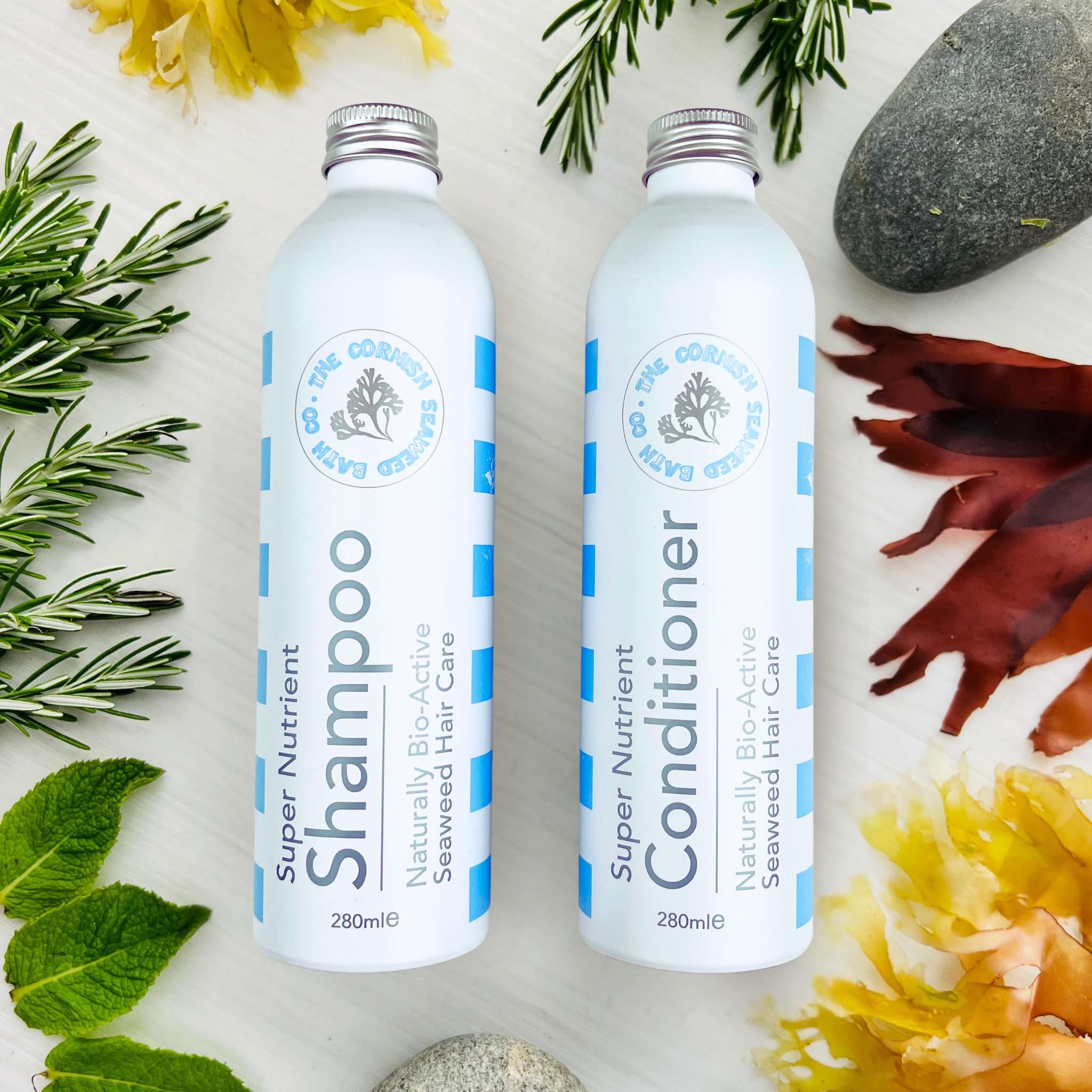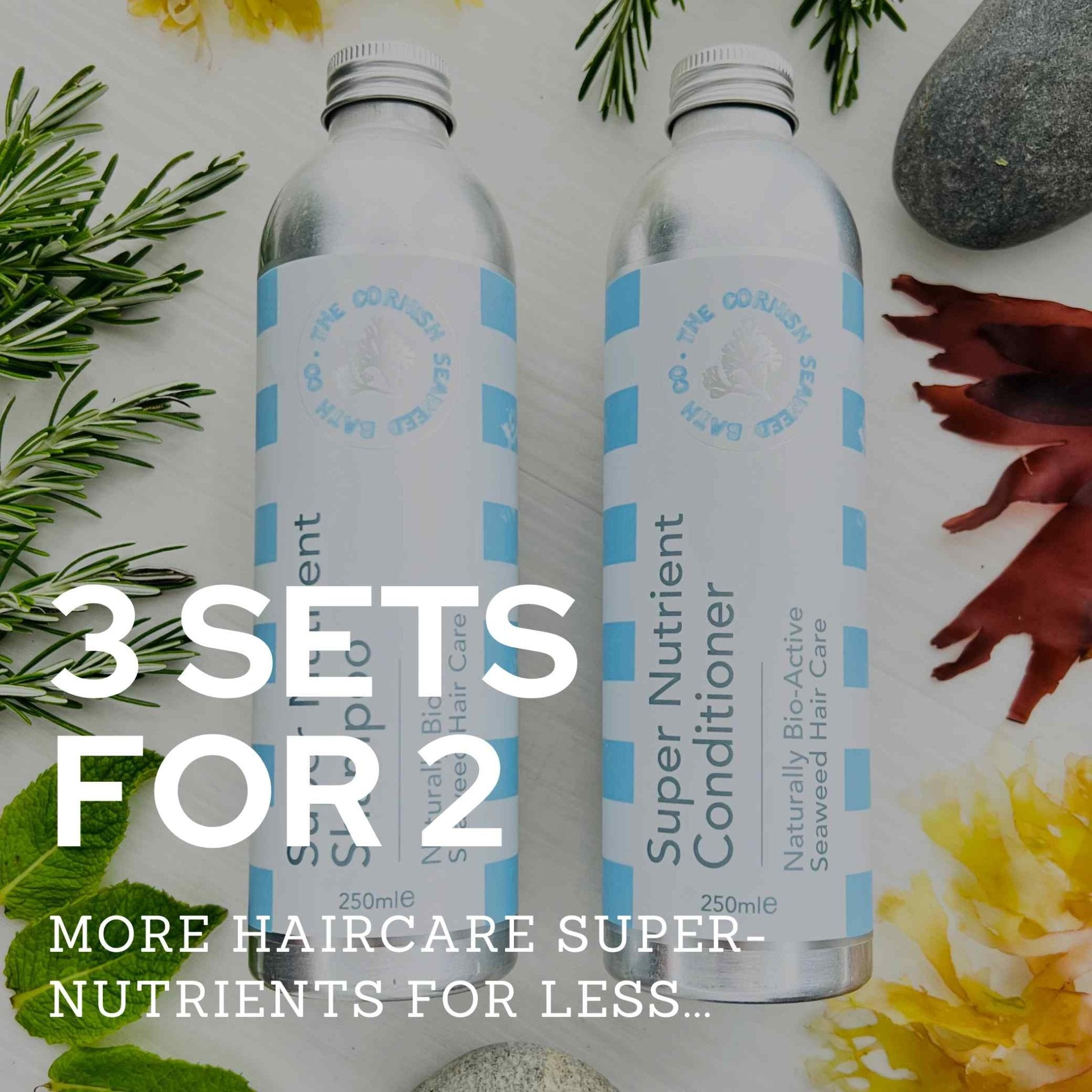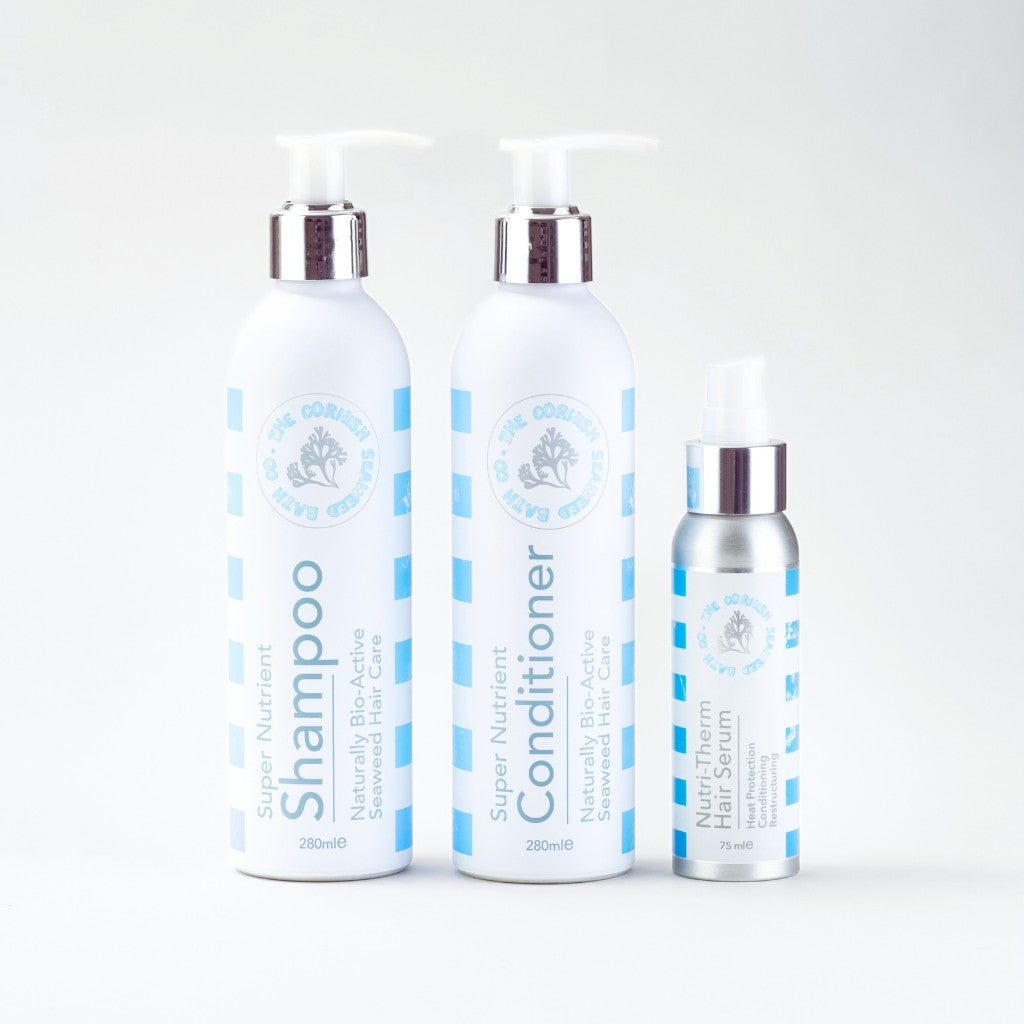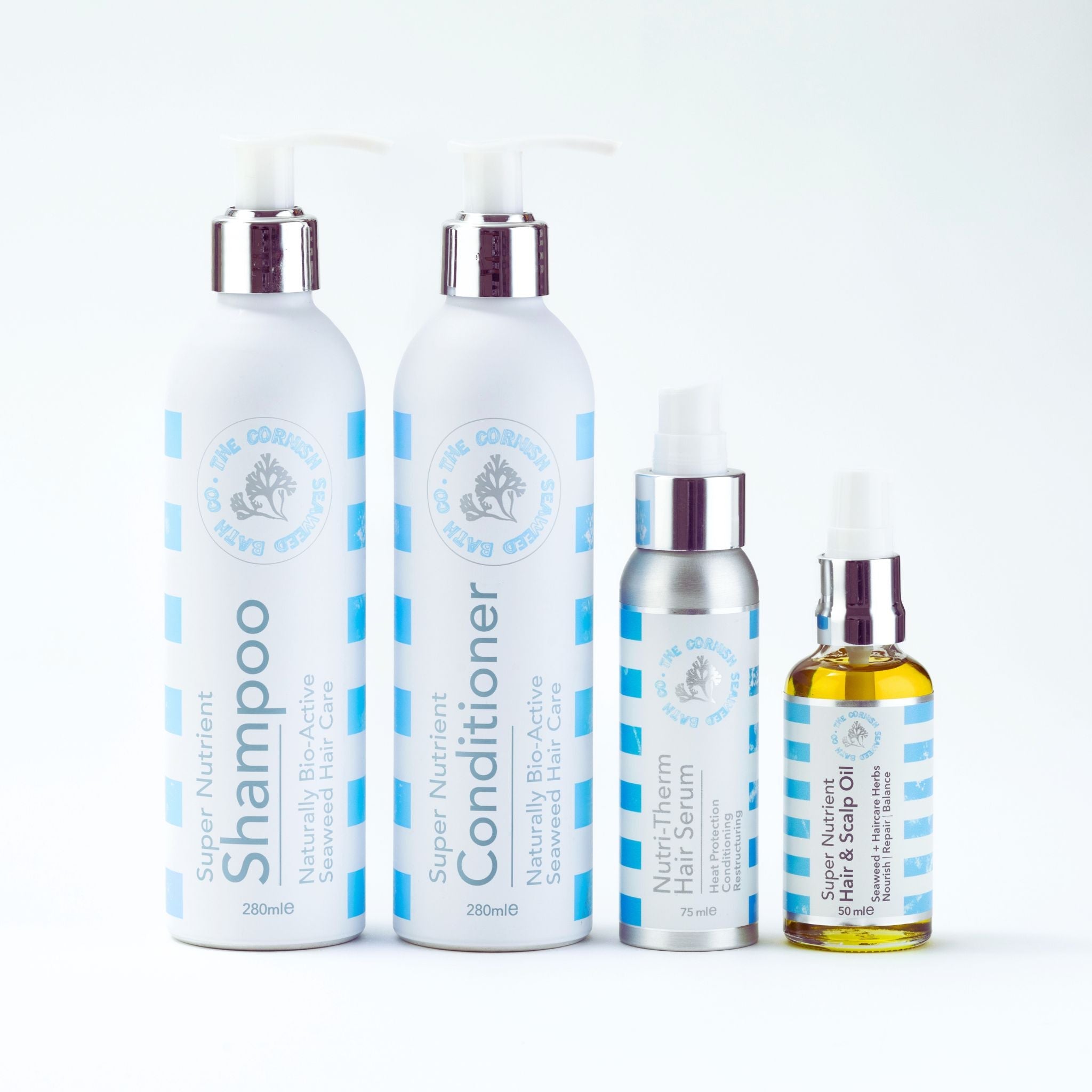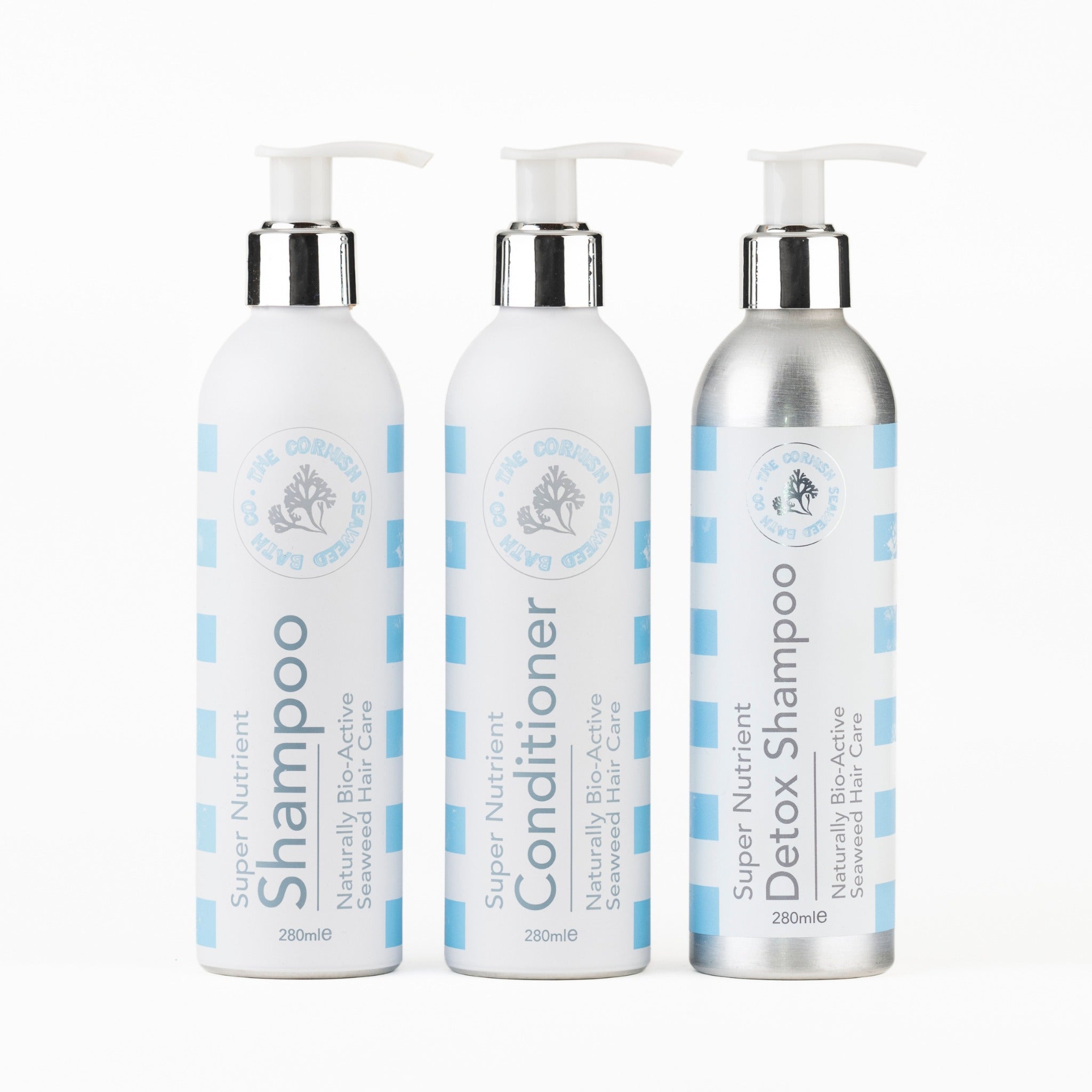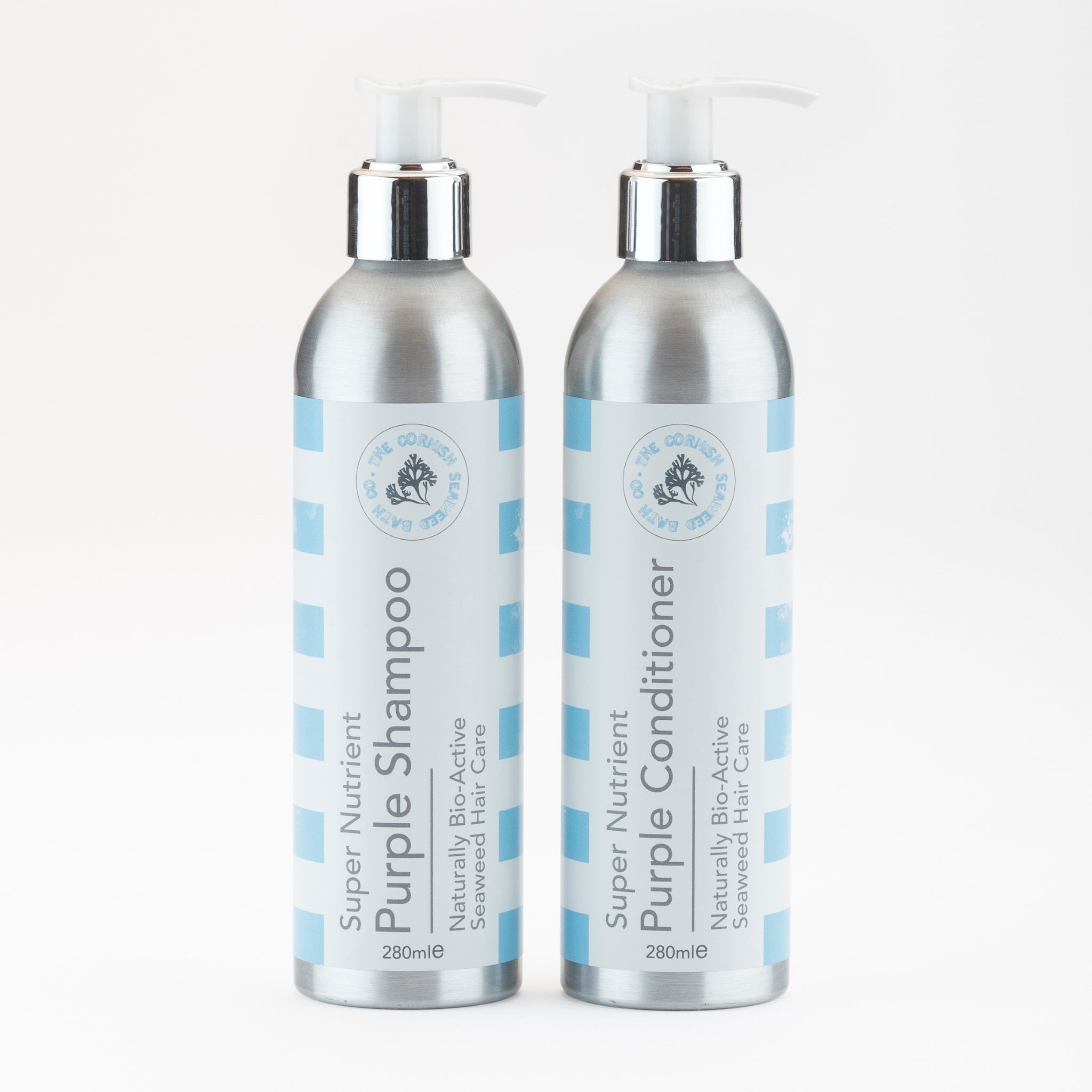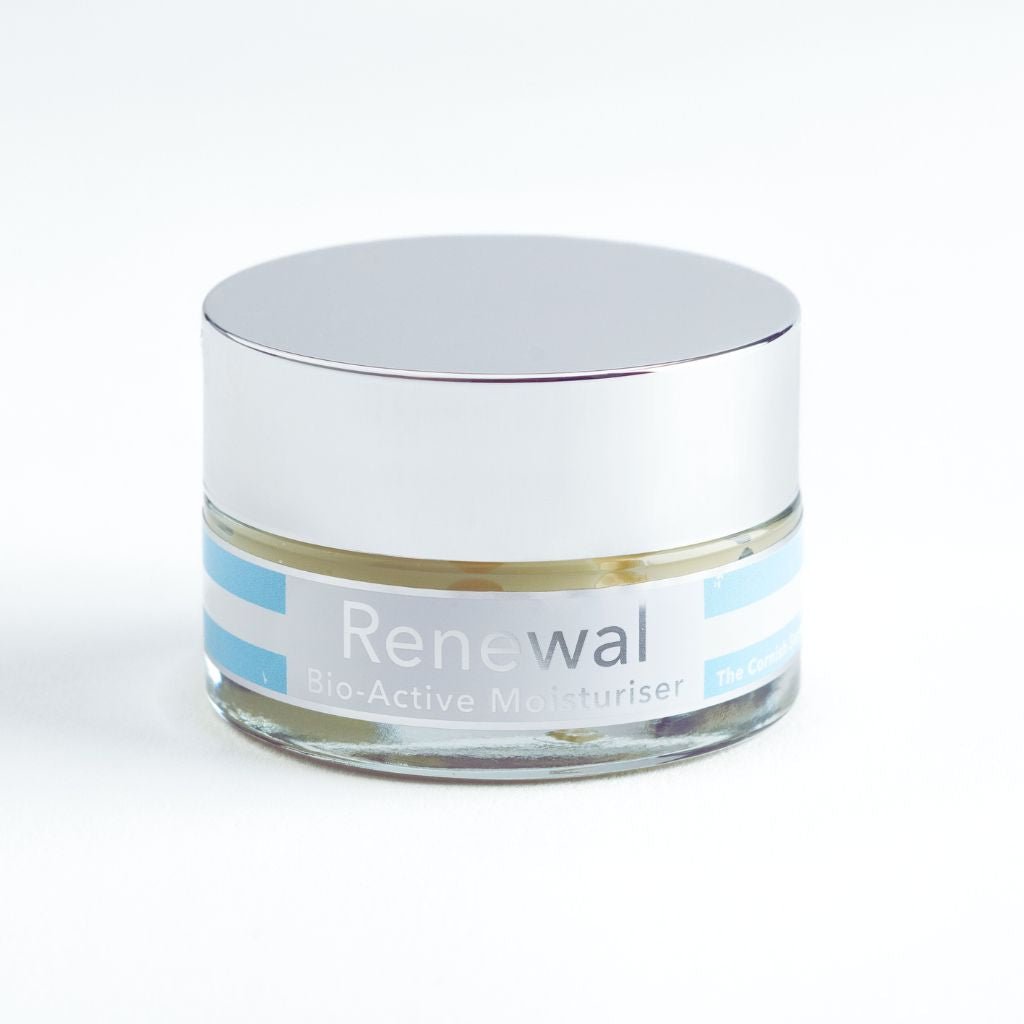Key Takeaways
- The ideal frequency for washing hair varies based on hair type, scalp condition, lifestyle, and environmental factors.
- Most people benefit from washing their hair every 2-4 days.
- Fine hair may require daily washing to stay clean and fresh.
- Thick, curly hair often only needs weekly or bi-weekly washes.
Table of Contents
- Understanding Hair Washing Frequency, What It Means and Why It Matters
- What Determines How Often You Should Wash Your Hair?
- Practical Guide, How to Determine Your Ideal Hair Washing Routine
- Hair Type and Texture, Tailoring Your Wash Frequency
- The Impact of Lifestyle, Activity, and Environment
- Product Buildup, Colour, and Treatment, Special Cases
- Overwashing vs Underwashing, Risks, Signs, and Solutions
- Sustainable Hair Washing, Eco-Friendly Practices
- Practical Tips for Hair Health Between Washes
-
Comparing Naturally Nourishing Shampoos, How Our Formulas Measure Up
-
Sustainable Hair Washing Practices
-
Personalising Your Hair Washing Journey
How Often Should You Wash Your Hair? A Research-Backed Guide for Healthy, Balanced Hair Care
The answer to how often should you wash your hair isn't one-size-fits-all. Your ideal washing frequency depends on your hair type, scalp condition, lifestyle, and environmental factors. Most people benefit from washing every 2-4 days, though fine hair may need daily cleansing whilst thick, curly hair can still thrive with weekly washes.
If you're looking for a gentle, effective way to support your hair regardless of type, the 3 Step Haircare Set offers a comprehensive solution for maintaining scalp and hair health. For those seeking a targeted initial approach, the Super Nutrient Detox Shampoo is ideal for removing buildup and refreshing your routine, as well as assisting with detoxification during a switch from synthetic haircare products to sulphate-free natural alternatives.
Quick Answer: Start by assessing your scalp oiliness 48 hours after washing. If it feels greasy or uncomfortable, increase frequency. If it feels tight or flaky, reduce washing to preserve natural oils.
Understanding your personal hair washing schedule requires examining the science behind sebum production, hair structure, and how external factors influence your scalp's needs. This guide provides evidence-based strategies to help you find your optimal routine.
Understanding Hair Washing Frequency, What It Means and Why It Matters
Hair washing frequency refers to how often you cleanse your scalp and hair with shampoo or a dedicated cleanser, not simply rinsing with water. The primary function involves removing excess sebum, environmental pollutants, sweat, and styling product buildup whilst preserving beneficial natural oils that protect your hair shaft.
Your scalp produces sebum through sebaceous glands, with people often noticing oily roots or dullness within 48-72 hours after their last wash. However, this natural oil serves important purposes: it moisturises your scalp, creates a protective barrier against environmental damage, and helps maintain your hair's natural pH balance.
Proper washing frequency matters because it maintains scalp health, prevents bacterial overgrowth, and keeps hair looking fresh without stripping away protective oils.
What Determines How Often You Should Wash Your Hair?

Key factors influence your ideal hair washing routine, each playing a crucial role in determining how often to shampoo for optimal hair health.
Hair Type and Strand Thickness
Fine hair allows sebum to travel down the shaft quickly, creating an oily appearance within 24-48 hours. Thick, coarse hair prevents oil distribution, often requiring less frequent washing. Curly and coily textures naturally repel oils, making them prone to dryness rather than greasiness.
Natural Scalp Oiliness
Sebum production varies significantly between individuals and changes with age, hormones, and genetics. Teenagers and those in their twenties typically produce more oil, whilst post-menopausal individuals often experience reduced sebum production. For more on how hormonal changes affect your hair, read our article on navigating haircare during menopause.
Practical Guide, How to Determine Your Ideal Hair Washing Routine
Establishing your perfect wash hair routine requires systematic observation and gradual adjustments. Begin by noting your current scalp condition 24, 48, and 72 hours after washing. This baseline helps identify when your scalp becomes uncomfortable or your hair loses its fresh appearance.
Try this step-by-step assessment process: Start with washing every other day for one week, then extend to every third day the following week. Monitor how your scalp feels and how your hair looks each day. If your scalp becomes itchy or oily before your next scheduled wash, increase frequency.
Hair Type and Texture, Tailoring Your Wash Frequency
Different hair types require distinct approaches to washing frequency based on their unique structural characteristics and oil distribution patterns.
Fine and Thin Hair
Fine hair strands have smaller diameters, allowing sebum to coat them quickly and create a greasy appearance. Most people with fine hair benefit from washing every 1-2 days. Our Super Nutrient Shampoo provides gentle daily cleansing without over-stripping, thanks to its seaweed-enriched formula that nourishes whilst cleaning.
Thick and Coarse Hair
Thick hair strands resist oil penetration, often appearing dry at the ends whilst the scalp produces normal amounts of sebum. Washing every 3-5 days typically works well, focusing shampoo application on the scalp rather than the lengths.
Curly and Coily Hair
The curved structure of curly hair prevents natural oils from travelling down the shaft, leading to dry ends and potentially oily roots. Weekly washing may suffice, with gentle, moisturising formulas being essential to prevent further dryness.
The Impact of Lifestyle, Activity, and Environment

Your daily activities and surroundings significantly influence hair washing frequency requirements. Regular exercise increases scalp perspiration, mixing sweat with sebum and creating conditions that may require more frequent cleansing. However, light exercise or indoor workouts might only necessitate a water rinse rather than full shampooing.
Environmental factors play equally important roles. Urban pollution, pollen, and workplace exposures can accumulate on your hair and scalp, creating a film that weighs down strands and can cause irritation. Those working in dusty environments or spending considerable time outdoors may find their hair requires more frequent cleansing than someone working from home in a clean environment.
Seasonal changes also influence washing frequency. Summer heat and humidity increase sebum production and sweating, whilst winter's dry air and indoor heating can leave hair more brittle and prone to static. Coastal dwellers often discover that salt air provides natural texture but can also create buildup that requires regular removal.
Product Buildup, Colour, and Treatment, Special Cases
Styling products, leave-in treatments, and environmental particulates accumulate over time, creating a barrier that prevents your hair from breathing naturally. This buildup manifests as dullness, limpness, or an inexplicable heaviness that no amount of brushing can remedy.
Colour-treated and chemically processed hair presents unique considerations for washing frequency. Fresh colour benefits from less frequent washing during the first week, allowing the cuticles to seal properly. However, completely avoiding cleansing can lead to scalp irritation and product buildup that ultimately affects colour vibrancy.
The key lies in choosing gentle, naturally-derived cleansers that remove buildup without stripping beneficial oils or fading colour prematurely. Our Super-Nutrient Detox shampoo uses a clarifying, seaweed-rich formula to remove buildup from conventional haircare products, excess oil, and environmental residue.
This can assist when transitioning away from sulphates and silicones or simply seeking a weekly refresh.
Colour Care Insight: Washing with cooler water and focusing shampoo application on the scalp rather than lengths helps preserve colour whilst maintaining scalp health.
Overwashing vs Underwashing, Risks, Signs, and Solutions
Recognising the signs of an imbalanced washing frequency helps you to adjust your routine before problems become entrenched. What is often seen as 'overwashing' is usually actually over-stripping caused by harsh formulas or technique rather than washing too often. By switching to our balanced and gentle formulas, over-cleansing is not a concern.
Underwashing presents different challenges: oily, limp roots that separate into greasy sections, a heavy feeling at the scalp, and sometimes an unpleasant odour that persists despite styling efforts. Product buildup becomes more apparent, and your usual styling techniques may stop working effectively.
Addressing underwashing requires the opposite approach: add an extra cleanse per week whilst focusing on thorough scalp massage to lift buildup effectively. Our Super Nutrient Detox Shampoo helps restore balance to hair that's been weighed down by excess oils and environmental accumulation.
Practical Tips for Hair Health Between Washes
Maintaining scalp comfort and hair appearance between washes requires simple but effective techniques. Gentle scalp massage using fingertips, not nails, for 1-2 minutes daily stimulates circulation and helps distribute natural oils along the hair shaft. This practice works particularly well in the evening, promoting relaxation whilst supporting hair health.
Protective styling before sleep prevents friction and tangling that can make hair appear unkempt between washes. Loose braids or silk accessories reduce mechanical damage whilst preserving your hair's natural texture and volume.
Our Hair & Scalp Oil can provide light-weight nourishment between washes, and is particularly beneficial for dry ends. This can be applied sparingly to lengths rather than roots, and supports hair health without affecting your washing schedule. For more on supporting hair growth and resilience, read our post on hair growth and strength.
Comparing Naturally Nourishing Shampoos, How Our Formulas Measure Up
When evaluating shampoos for optimal washing frequency, four key criteria determine effectiveness: gentleness for regular use, scalp sensitivity support, colour care compatibility, and ingredient transparency. Many conventional shampoos rely on harsh sulphates that necessitate frequent washing to manage the resulting dryness and irritation.
| Criteria | Super Nutrient Shampoo | Conventional Shampoos |
|---|---|---|
| Gentleness for Daily Use | Seaweed and botanical extracts | Often too harsh for frequent use |
| Scalp Sensitivity | Frankincense and angelica sinensis soothe irritation | May exacerbate sensitivity |
| Colour Protection | Gentle cleansing preserves colour vibrancy | Typically fades colour faster |
| Frequency Flexibility | Suitable for daily to weekly use | May necessitate daily washing |
Our Super Nutrient Shampoo's seaweed base provides gentle cleansing that respects your hair's natural protective barriers whilst effectively removing buildup and excess oils. The botanical blend works particularly well for those who've found their hair becomes dry or irritated with frequent washing using conventional formulas.
For a deeper dive into the science behind hair washing frequency, see this Medical News Today article on how often to wash hair.
Personalising Your Hair Washing Journey
How often should you wash your hair ultimately depends on your unique combination of hair type, lifestyle, and personal preferences. There's no universal schedule that works for everyone, and your ideal routine may shift with seasons, life changes, or hair treatments.
Start with the guidelines for your hair type, then adjust based on how your scalp feels and how your hair looks. Pay attention to your hair's response over several weeks rather than making daily judgements, hair often needs time to adapt to routine changes.
Consider keeping a simple hair diary for a month, noting wash days, how your hair feels, and any environmental factors like exercise, weather, or stress levels. This creates a personalised reference for your optimal washing frequency. For more holistic self-care ideas, explore our post on five ways to use seaweed to care for your skin health.
Remember that finding the right balance is an ongoing process. Your hair's needs may change with age, hormonal shifts, seasonal weather, or lifestyle adjustments. The key is maintaining awareness of these changes and adapting your routine accordingly.
Whether you discover that daily washing suits your fine, active lifestyle, or that weekly cleansing keeps your thick, curly hair at its healthiest, the goal remains the same: hair that feels comfortable, looks vibrant, and fits seamlessly into your daily life.
Our range of seaweed-enriched haircare products supports this personalised approach, offering gentle yet effective cleansing that adapts to various washing frequencies whilst nourishing both hair and scalp with the restorative power of Cornish coastal botanicals.
Frequently Asked Questions
How does my hair type influence the ideal frequency for washing my hair?
Hair type plays a significant role in determining washing frequency. Fine hair tends to become oily more quickly and may benefit from daily washing, while thick or curly hair often retains moisture longer and can usually be washed less frequently, sometimes weekly, to avoid stripping natural oils.
How can lifestyle and environmental factors affect how frequently I should wash my hair?
Your activity level, exposure to pollutants, and climate can influence how often you need to wash your hair. For example, regular exercise or living in a humid or dusty environment may require more frequent cleansing to remove sweat and impurities, while a calmer lifestyle in a clean environment might allow for less frequent washing.
What methods can I use to determine the best hair washing routine for my scalp condition?
Begin by observing your scalp’s feel 48 hours after washing, if it feels greasy or uncomfortable, consider washing more often. Adjusting based on these sensations helps tailor a routine that supports your scalp’s natural balance.
A picture tells a thousand words: out of necessity, some images in this blog post have been created using artificial intelligence models. This is to help us bring to life & more comprehensively express the written content within this post. We only using artificially generated images when we don’t have a suitable image available to us.
 Christmas Gifts!
Christmas Gifts!


